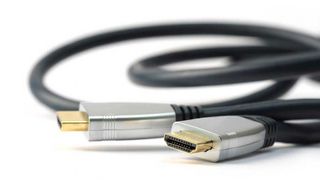As broadband internet becomes more readily available, an increasing number of devices are being built with sensors and Wi-Fi capabilities. The interconnectedness of these devices has been dubbed the Internet of Things (IoT), and it is changing the way we work, live, and do business. Companies big and small have a lot to gain from embracing IoT devices, and a lot to lose by ignoring their potential. The IoT is about more than "smart" fridges and coffeemakers. In 2016, 5.5 million new things got connected every day, and 6.4 billion connected things came online worldwide, a 30 percent increase from 2015, according to Gartner. By 2020, that figure will reach 20.8 billion. That is a whole lot of connected things.
IoT solutions help small businesses reduce operating costs, better understand their customers, and even launch new products and services. Let's take a closer look.
Increasing efficiency and saving money
Small businesses can save money by using IoT technologies to monitor their use of resources, much like homeowners do, explains Ruben M. Mancha, Ph.D., an assistant professor at Babson College who researches how digital technologies affect business innovation and strategy. For example, the Nest Learning Thermostat personalizes a schedule based on energy usage, automatically turns the temperature down when people leave the office, and connects with mobile phones so you can control it remotely. You can make your office even more efficient with "smart" lights, such as Wemo lights, which are compatible with Nest products and turn off automatically when the thermostat goes into Away mode.
EnerTalk is an energy data analytics platform that connects to a fuse box and measures electricity consumption. Using its app, you can break down energy consumption by device to identify ways to reduce expenditure, such as turning off certain devices at the end of the day or updating old equipment, and estimate monthly utility costs.
Another popular IoT device for small businesses is the connected security camera, says Dr. Mancha. Nest Cam sends an alert to your phone when it detects activity. Canary allows you to sound a siren in your workplace via its app should you detect something suspicious.
Streamline the ordering of office products (or household goods) with Amazon Dash, which syncs to the SKU of products you purchase frequently. Out of paper towels? Simply push the button to trigger a re-order.
Using data to improve the customer experience
"IoT can be a game changer as it delivers unparalleled access to real-time data and analytics, which gives businesses critical insight into their processes," says Arsalaan Kashif, director of marketing, IoT Center of Excellence at Happiest Minds, a global IT company that specializes in emerging technologies.
For example, small business owners use sensors, cameras, and radio-frequency identification (RFID) tags to improve warehouse inventory management. RFID tags are the IOT's take on barcode labels and allow users to more accurately track items. Business owners use handheld RFID readers to scan the tags, which then use radio waves to transmit the data back to warehouse management software. Improvements in inventory management are a good thing for customers, too, as you can then more accurately communicate about shipment statuses.
Business owners can install in-store beacons which use Bluetooth technology to communicate with shopper's mobile phones. Then, companies can serve them personalized content while they shop, such as a coupon based on which aisle they are in. They can also analyze customer behavior by collecting data on how people navigate the store.
Kashif notes that "the next generation of consumers will have been raised entirely on the internet." They are comfortable with technology and expect it to be used to simplify their shopping experience. A popular manifestation of the IoT for small businesses is mobile credit card readers like Square, which transform smartphones and tablets into card readers and improve the customer experience by sending a receipt right to their email address.
How the IoT Facilitates Innovation
For entrepreneurs, the IoT could even mean a new business opportunity. Bttn, a small, button-shaped device, is a versatile hardware interface that supports customer actions, such as accepting orders or messages. Logistics companies use bttns at customer premises to signal a pickup need. Alder & Sound, a small legal firm in Finland, distributes bttns to their customers as a convenient way to reach around-the-clock legal counsel. A small coffee shop roaster in Finland distributes bttns to cafes so they can order more coffee quickly, with a push of the button.
Anglr Labs, a small business based in Western Pennsylvania, uses connected technologies to improve--of all things--fishing! Fishing may seem idyllic, but enthusiasts "spend copious amounts of time planning meticulously, studying their environment, and evaluating different kinds of bait while also ensuring they repeat everything they did when they made a 'big catch,'" explains Kashif. The AnglrTracker attaches to a fishing rod to record factors like location, weather, and water levels. The data is then relayed back to an app where users can analyze and share it.
Safety Considerations for the IoT
The IoT has the potential to help you improve your small business, but you need to keep some security concerns in mind. Before purchasing an IOT-enabled device, be sure you understand what data will be collected and how the device manufacturer plans to protect it. The voracious volume of data that these devices generate is like catnip for cyber criminals, who could steal it and hold it hostage for ransom or use it to run subsequent schemes, such as identity theft. But the onus isn't just on the manufacturer. To protect your devices, consider the following best practices:
- Always use encrypted networks to connect IoT devices to the internet.
- Segment and firewall IoT devices from the rest of your network.
- Perform data backups regularly.
- Perform all recommended software updates.
- Use strong and complex passwords, and do not use the same passwords for every device.
- Look into data breach insurance to protect your business and your data.




